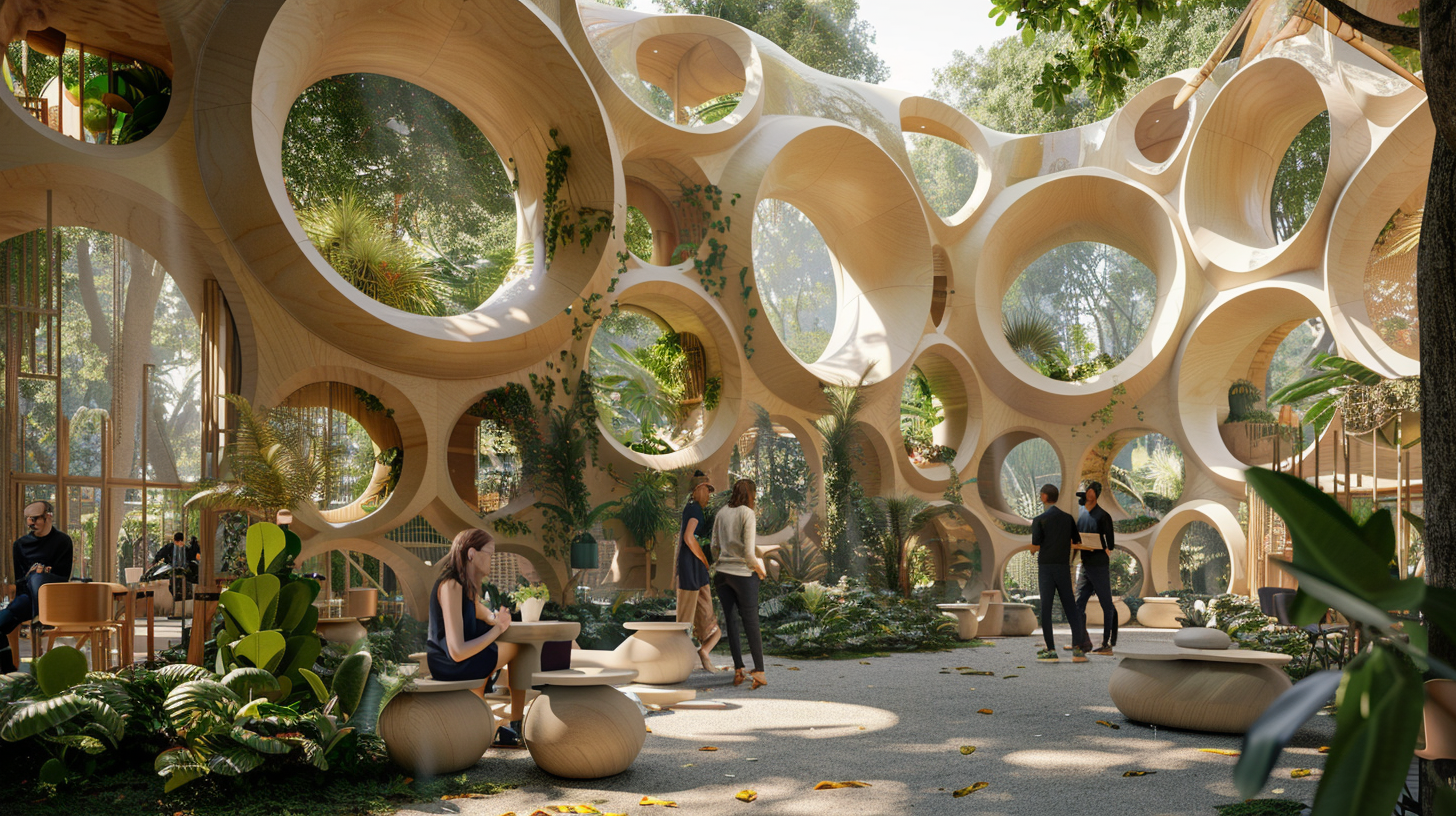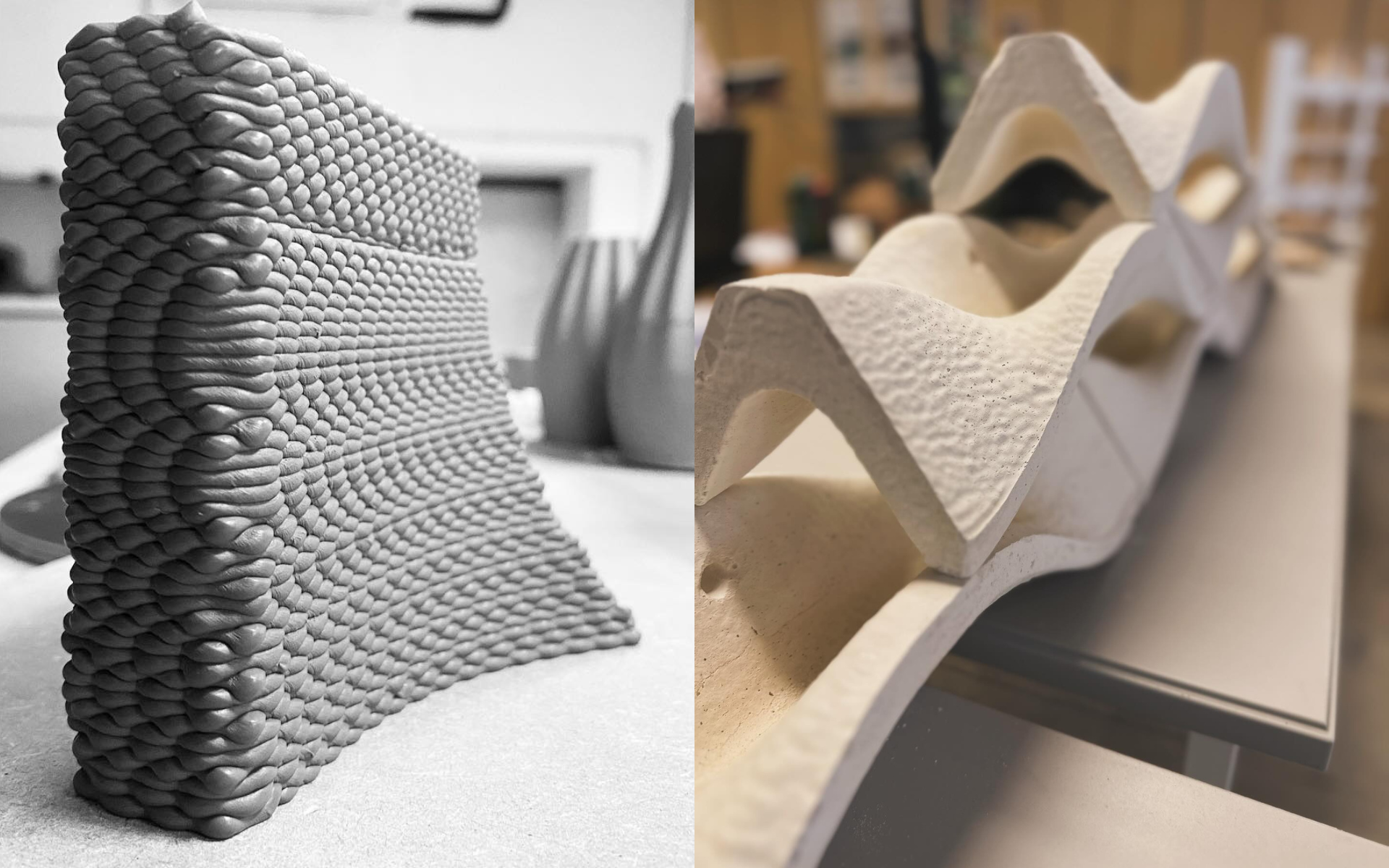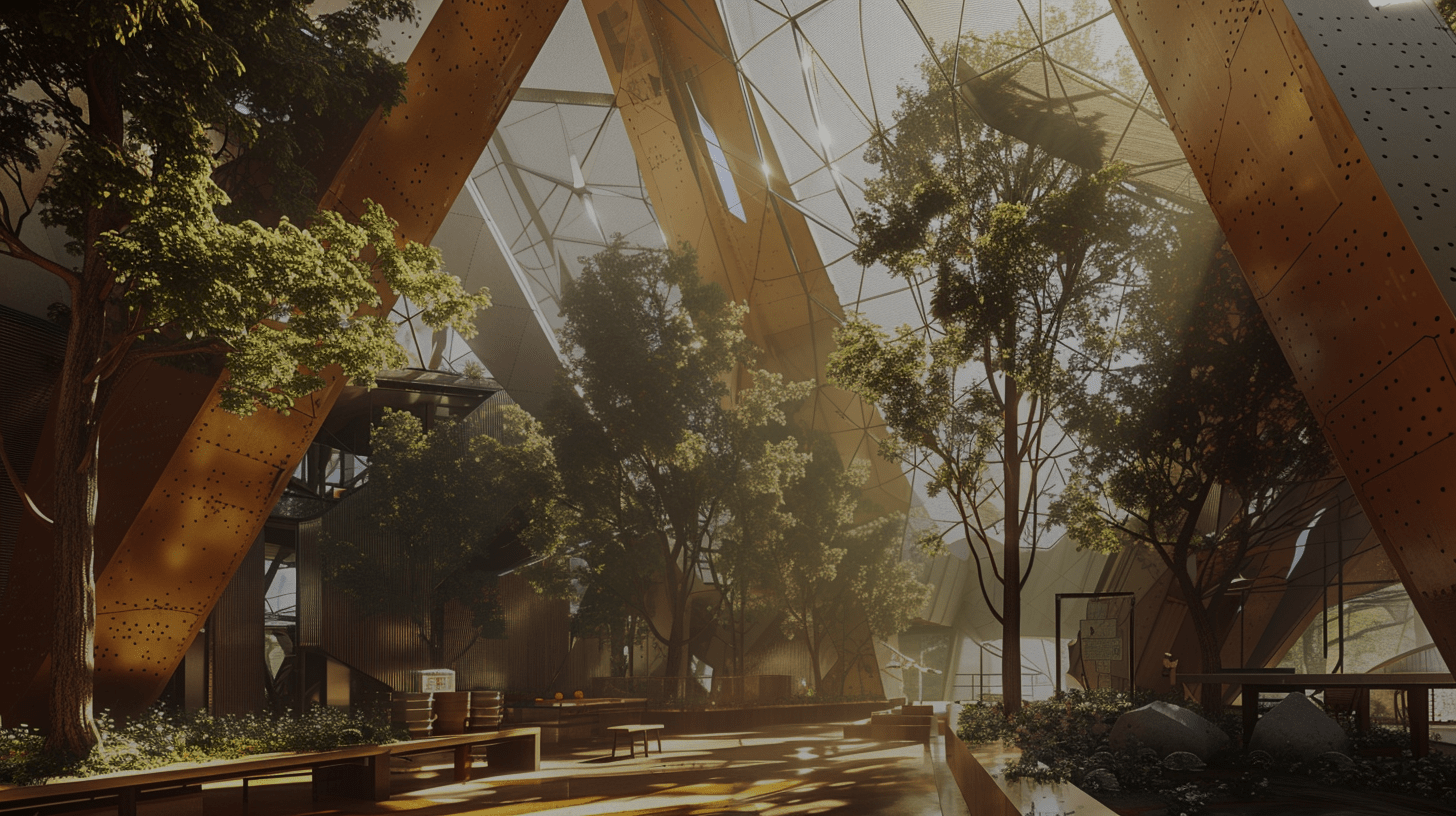This article was previously published in Money Mag | Sustainable Construction Edition.
One of the principles that defines the work we do at Switch is a long-term view – we strongly believe that all resources are put to better use when viewed over time frames that span more than quarterly results. This is a consideration we emphasise when onboarding a new client, and one that took on a life of its own when we started to work with Mattermake.
Early on in the relationship, it was evident that we had the same quarrel with the word ‘sustainability’ and the way it has become such a throwaway term. It’s right there at the top of every business agenda, and yet we see slow and incremental progress that’s mostly incited by regulatory frameworks. Rather than sticking to our internal views, we reached out to Mattermake because we know they are thinking in radically different ways about almost everything. It’s been a privilege to work with architect, designer, manufacturer, thinker, and innovator Steve De Micoli and a conversation with him is always stimulating and thought-provoking.

Are ESG frameworks too restrictive?
Steve is the founder of Mattermake, a fabrication-oriented architecture and design studio and, in his quiet and humble way, a rare visionary. When speaking about the word sustainability itself, particularly in the context of the ways in which we construct our built environment, Steve was quick to lament the issues with frameworks such as ESG because they lay out a prescribed set of policies that one must adhere to if they want to consider their efforts to be sustainable. These frameworks, he points out, allow the industry to simply tick the boxes without the need to innovate or even collaborate with other industries for a multi-skilled approach to the issues that surround us.
The construction industry has long focused on reducing its environmental impact through the use of recycled materials and energy-efficient designs. However, a simple “reduce and reuse” approach may no longer be enough to create truly sustainable and regenerative built environments. Steve believes that the key to meaningful change is not reduction, but regeneration.
This echoes the sentiment of another of our forward-thinking clients – Furnitubes – and we’ve been working with them to garner support from some radical new approaches to material choice that goes into the manufacture of urban outdoor furniture.

Cultivating abundance via positive impact
Their definition of sustainability is strikingly similar to Steve’s in that it breaks the mould of “doing more with less” – rather than merely lessening the negative impacts, the goal should be cultivating abundance through designs that actively enhance the ecosystems they inhabit. “Push for abundance, not frugality”, Steve insists. This shifts our mindset from one where we attempt to limit the impact of our activities to one where we think of maximising the positive impact we could have.
In the UK, new policies now mandate all construction to increase local biodiversity by at least 10%. We should consider this a baseline – the ambition is to vastly exceed these targets through designs that give back more to their environments than they consume.

The future may lie in unusual collaborations
Another issue is the compartmentalised view that most industries take to sustainability, patching up existing practices rather than looking outwards and seeking to make unusual connections. Collaborative thinking is a staple of thinking in our industry – we work with an incredibly diverse set of thinkers as a matter of course – but it is very unusual in the construction industry. Luckily, it is not completely unheard of.
One remarkable example of this approach is the use of waste fabric to reinforce concrete. This unlikely collaboration between the fashion and construction industries demonstrates that unusual allies are everywhere to be found. As Steve notes, “Once you start to see the infinite possibility of connections we haven’t yet made, you realise how much innovation is still untapped.”
Mattermake’s innovative projects embody this spirit of interconnectedness. One such project involves 3D printing organic-looking structures that can be stacked to create artificial “coral reefs”, which is a collaboration between Mattermake, Zibel & University of Malta. This pioneering work is intended to adhere to the submerged walls of concrete jetties, typically barren wastelands, transforming what was once a lifeless structure into a concentrated node of biodiversity by providing a habitat for a multitude of marine species.

By leveraging cutting-edge techniques and sustainable materials, Mattermake is redefining the boundaries of what is possible in construction. His studio is a playground for a vividly imaginative team that applies their minds to unusual solutions for sustainable dwellings, workspaces, and, apparently, the bits no one ever thinks about such as the invisible part of our constructed coastline.
Rather than focusing on individual dwellings or buildings, we can design entire cities that thrive in harmony with their surroundings
Steve De Micoli
We’re suddenly talking about permaculture. Steve draws inspiration from principles of permaculture and biomimicry – models that have existed for decades yet struggled to permeate mainstream construction. Just as regenerative agricultural practices enrich rather than deplete, Steve believes the built environment must transition to a symbiotic, interconnected approach. Combining this with a regenerative mindset, we can move beyond mere sustainability and strive for abundance, rather than compromise.
This paradigm shift has far-reaching implications. “Rather than focusing on individual dwellings or buildings, we can design entire cities that thrive in harmony with their surroundings”, is Steve’s take on this.
It’s clear that the construction industry is poised on the cusp of a revolution. The old paradigm of compartmentalisation and reduction is giving way to a new era of regeneration and abundance.
Steve, and the international community of like-minded innovators, are illuminating the path forward for a construction industry that is ripe for transformation. As we navigate the complexities of sustainability, it’s clear that the most profound innovations will arise from the intersections – between industries, disciplines, and ways of thinking.

Building the future of the construction industry
As we look to the future, it’s clear that the construction industry has a critical role to play in shaping a more sustainable, regenerative, and abundant world. And it has an obligation to do so. If we have the wisdom it takes to listen to the visionaries leading the charge, we can create a built environment that not only minimises its impact but actively enriches the world around us.
Where does this leave us? We can all work on as much as is within our reach. At Switch, we can do what we do best, working with those who have technical brilliance and need the ability to communicate their mission with clarity and in a way that reaches the right audiences, no matter how unlikely they may be. When successful, it will be clear that the possibilities are endless. It’s up to us to create an environment that fosters unusual discourse with the intent of maximising our impact on the planet as long as it is a lasting and positive one.
If you think in terms of impact, people, and then profit, reach out. We’ve got a couple of slots open for collaboration with organisations that are driven by doing the right thing.




